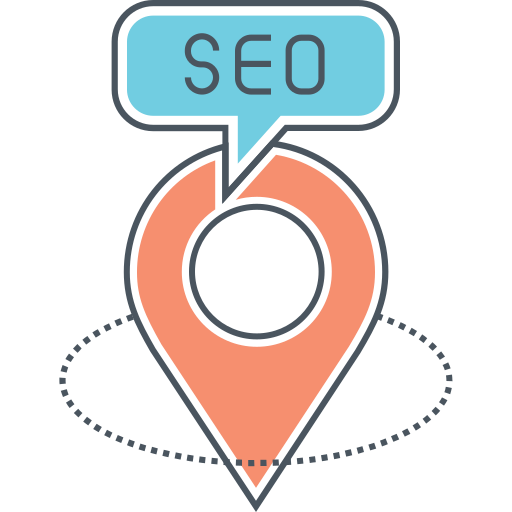Paid Advertising 101: A Beginner’s Guide
Introduction
In today’s digital age, having a strong online presence is crucial for businesses to succeed. With millions of websites competing for attention, it’s important to find effective ways to attract more customers and increase brand visibility. One powerful tool that can help achieve these goals is paid advertising. In this beginner’s guide, we will explore various paid advertising strategies and techniques that can boost your online presence.
Understanding Paid Advertising
Paid advertising, also known as pay-per-click (PPC) advertising, is a marketing strategy where businesses pay to display their ads on search engines, social media platforms, or other websites. Unlike organic search results, paid ads appear at the top of search engine results pages (SERPs) or in prominent positions on websites and social media feeds.
Benefits of Paid Advertising
Paid advertising offers several benefits for businesses:
- Increased visibility: Paid ads appear prominently on search engine results pages, increasing your brand’s visibility and attracting more potential customers.
- Targeted reach: With paid advertising, you can target specific demographics, locations, and interests to ensure your ads reach the right audience.
- Immediate results: Unlike organic search engine optimization (SEO), which takes time to show results, paid advertising delivers immediate visibility and traffic to your website.
- Measurable ROI: Paid advertising platforms provide detailed analytics and tracking tools, allowing you to measure the return on investment (ROI) of your ad campaigns.
Effective Paid Advertising Strategies
To make the most out of your paid advertising campaigns, consider implementing the following strategies:
1. Define Your Goals
Before launching any paid advertising campaign, it’s essential to define your goals. Are you looking to increase website traffic, generate leads, or boost sales? Clearly defining your objectives will help you choose the right platforms, ad formats, and targeting options.
2. Choose the Right Platform
There are various paid advertising platforms available, each with its own strengths and target audience. Google Ads is the most popular platform for search engine advertising, while social media platforms like Facebook Ads and Instagram Ads are effective for reaching a broader audience. Consider your target audience and advertising goals when selecting the right platform.
3. Conduct Keyword Research
Keyword research is crucial for optimizing your paid advertising campaigns. Identify relevant keywords that your target audience is likely to search for. Use keyword research tools to find high-volume, low-competition keywords that can help maximize your ad’s visibility.
4. Create Compelling Ad Copy
The success of your paid ads relies heavily on the quality of your ad copy. Craft compelling headlines and descriptions that grab attention and entice users to click. Highlight unique selling points and include a strong call-to-action to encourage conversions.
5. Optimize Landing Pages
When users click on your paid ads, they should be directed to a dedicated landing page that aligns with the ad’s message. Optimize your landing pages to provide a seamless user experience, with clear and concise information, compelling visuals, and a strong call-to-action.
6. Monitor and Optimize
Regularly monitor the performance of your paid advertising campaigns and make necessary adjustments. Analyze key metrics such as click-through rates (CTR), conversion rates, and cost per conversion. Test different ad variations, targeting options, and bidding strategies to optimize your campaigns for better results.
Common Paid Advertising Mistakes to Avoid
While paid advertising can be highly effective, it’s important to avoid common mistakes that can waste your budget and hinder your success:
1. Poor Targeting
Targeting the wrong audience can lead to low conversion rates and wasted ad spend. Take the time to define your target audience based on demographics, interests, and behaviors to ensure your ads reach the right people.
2. Neglecting Mobile Optimization
With the majority of internet users accessing content through mobile devices, it’s crucial to optimize your paid ads and landing pages for mobile. Ensure your ads are mobile-friendly, load quickly, and provide a seamless user experience.
3. Ignoring Ad Performance Data
Paid advertising platforms provide valuable data and insights into your ad performance. Ignoring this data can prevent you from making informed decisions and optimizing your campaigns for better results. Regularly review and analyze the performance data to identify areas for improvement.
4. Failing to Test Ad Variations
Testing different ad variations is essential for improving your ad performance. A/B test different headlines, descriptions, visuals, and calls-to-action to identify what resonates best with your target audience.
Conclusion
Paid advertising is a powerful tool that can significantly boost your online presence and attract more customers. By understanding the benefits of paid advertising, implementing effective strategies, and avoiding common mistakes, you can maximize the success of your paid advertising campaigns. Remember to define your goals, choose the right platform, conduct keyword research, create compelling ad copy, optimize landing pages, and continuously monitor and optimize your campaigns for better results. With the right approach, paid advertising can be a game-changer for your business.


![25 Best AI Social Media Tools to Try in 2024 [Tested Manually]](https://static.semrush.com/blog/uploads/media/d3/fa/d3fa26ef671a81b194bb3a41e73beee4/2c7e96d0d6ae1b7d2f993bdabf9b179b/25-best-ai-social-media-tools-to-try-in-2024.svg)

![The 10 Best AI Writing Tools to Try in 2024 [Tested Manually]](https://static.semrush.com/blog/uploads/media/3a/5e/3a5e0f6ec47a1d4e3495cf6c7a6194d5/8aee055881d17f9c5a0e1ed29dc749fb/the-10-best-ai-writing-tools-to-try-in-2024.svg)
.svg)
